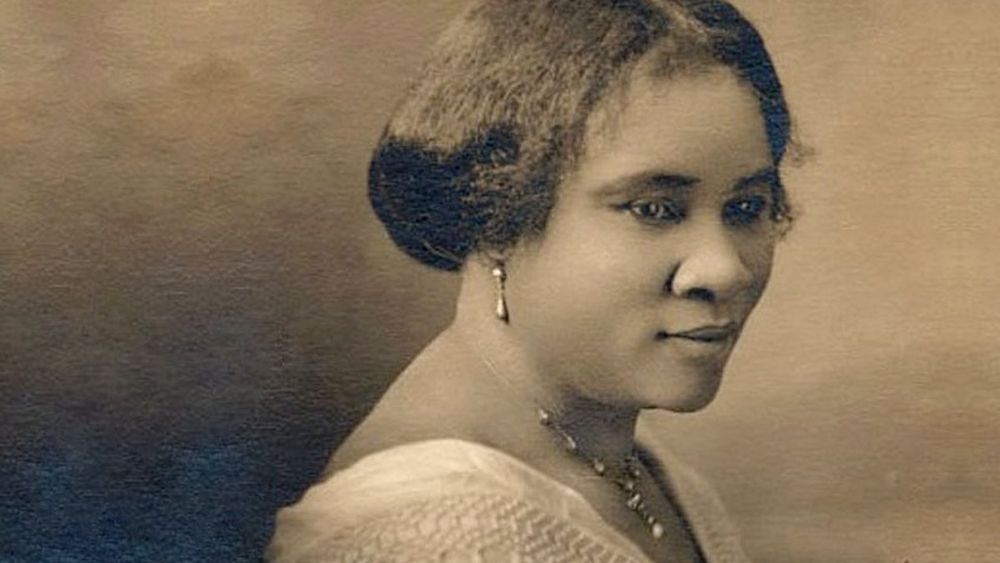If you’re interested in sharing your opinion on any cultural, political or personal topic, create an account here and check out our how-to post to learn more.
____
Colorism has plagued the Black community for ages. It’s an unfortunate, yet common experience for many. However, using it as a vehicle to fictitiously unravel the story of Madam C.J. Walker is wrong. Walker’s legacy and Black people everywhere deserve to get her experience of selling haircare straight.
Now to be fair, the Netflix production adds a clue to the dramatization of Walker’s life in the title of the series. Self Made: Inspired by the Life of Madam C.J. Walker needs more than the phrase inspired by to ensure that Americans — more importantly, the Black community — does not see her battle for entrepreneurial success as one that is peppered with light skin women seeking to destroy Walker personally and professionally.
Madam C.J. Walker is presented as a woman with a passion for helping others with their tresses, but is rejected as a salesperson due to her darker completion. In the first episode of the series, Addie Munroe says to Walker, “I don’t think sales is for you … Colored women will do anything to look like me. Even if deep down, they know they can’t,” referring to her long, golden hair and fair skin. However, this does not depict real events.
Addie Munroe’s character was inspired by Annie Turnbo Malone. Born to poor former slaves, not a slave and her white owner, Malone hired Walker as a saleswoman for Poro haircare. Walker found success working for Malone until she moved from the St. Louis area and reformulated the wonderful hair grower. If the series provided an historically accurate account, audiences could have learned about two enterprising women. Instead, we see one pitted against the other in a battle of the light and the dark.
This is not to suggest that challenges of colorism did not exist. Many researchers have noted the problematic practices that divided the Black community by skin color. Audrey Elisa Kerr explored the use of the “brown bag test” in social and religious organizations in “The Paper Bag Principle: Class, Colorism and Rumor and the Case of Black Washington, D.C.“ Black women’s complexions have factored into many facets of their lives. Lori L. Tharps examined how skin color plays a role in one’s “health, wealth and opportunity,” in “The Difference Between Racism and Colorism.”
Black people have been judged not only by the color, but the shade of their skin. As explained by Trina Brown in “The Shades of Brown: The Law of Skin Color,“ when forced to interact with the Black population, many whites preferred to deal with those of lighter skin post Civil War.
There are many things to appreciate about this series, from the choice to highlight an iconic Black woman and the meticulously designed sets reflecting life at the turn of the 20th century, to the head-strong performance of Octavia Spencer. However, the choice to falsify the events to present color as the enemy is one thing I do not appreciate. This was a grand opportunity to tell the tale of a woman who built an even grander life for herself and her community.
Colorism is a problem, but why twist the story of Madam C.J. Walker to highlight its challenges?
____
Cheyenne Seymour, Ed.D. is an Assistant Professor of Communication Arts & Sciences at Bronx Community College.

